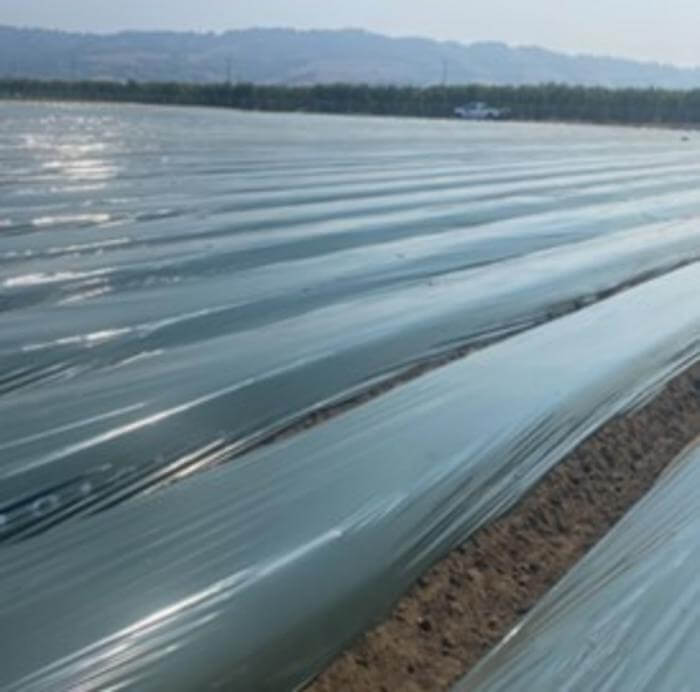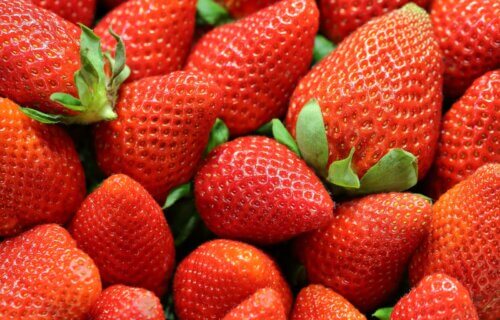LYON, France — Strawberry production may play a key role in releasing large amounts of plastic into the environment. Plastic mulch, which farmers typically use to support the growth of Californian strawberries, sheds several fragments into the soil. These particles have been shown to reduce soil quality, which is now bringing the long-term viability of the product into question.
“What we are seeing a huge quantity of macroplastic plastic material – particles bigger than 5mm across -being shed where the mulch is used to enhance strawberry production. These can remain in the soil for decades or longer,” says postdoctoral researcher Dr. Ekta Tiwari from the California Polytechnic State University, in a media release.
Plastics continue to make their way into agricultural practices. Plastic mulch films stick to the base of the plant, which helps control weeds and pathogens, reduces water evaporation, and prevents soil splashing on fruit. With strawberries, soil splashing prevention is particularly important.
“The plastic mulch provides benefits, but at the expense of long-term soil quality. It’s difficult and expensive to remove these particles from the soil, so once they are there they can stay there indefinitely,” explains Tiwari.
“We tend to think that strawberries are simply things to be enjoyed, but this shows that even something as delicious as fresh strawberries can come with a cost to the environment. We are working with the manufacturers to see if we can mitigate these costs.”

The films are applied in rows and then removed after the crop is seasonally produced. Even if farmers take care of their land, however, it doesn’t mean that plastic is completely removed. Fragments can easily get left behind and stick to the soil during the removal process. As such, the team looked for macroplastics (which are plastic pieces larger than 5mm across) within farm soils.
“We carried out a systematic survey of strawberry fields after the seasonal removal of these plastic film. We found that the distribution was fairly uniform. On field surfaces alone, we found up to 213,500 macroplastic particles per hectare. That doesn’t include subsurface particles, which we did not survey. In addition, we are currently analyzing the same soil samples for microplastics, which are smaller particles, less than 5mm across; these are not yet included in our findings,” explains Dr. Tiwari.
Most of the particles are the polyethylene variety of plastic. Preliminary findings showed that as macroplastic pollution levels increased, soil moisture content, microbial respiration, and plant-available nitrogen went down. Luckily, there are alternatives to polyethylene-based mulches like biodegradable or natural ones such as straw. The downside is that these methods cost more. The researchers hope this work can be applied around the world to help improve sustainable agriculture efforts.
Tiwari’s team presented the research at the Goldschmidt geochemistry conference in Lyon.
You might also be interested in:
- Survey: 9 in 10 children don’t know bananas, strawberries grow on plants
- People are breathing in enough microplastics to fill a credit card every week
- Toxic chemicals from tires could be filling your dinner plate through soil contamination

